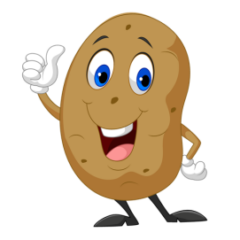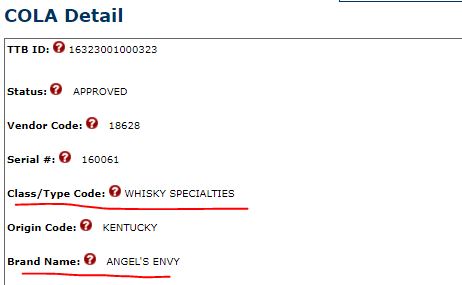One of the things that make Bourbon unique is that nothing can be added post distillation other than water. This is true regardless if it’s labeled Bourbon or Straight Bourbon. Other American whiskey types such as Rye, if it’s not labeled Straight, can have up to 2.5% HCFBM, which stands for Harmless Coloring Flavoring Blending Materials. This could include caramel coloring or lab created flavoring. Which is why I often comment with the phrase ‘If it’s not Straight, you must abate’.
I was asked today about a product that said, ‘Straight Bourbon with Dark Cherry and Bourbon Vanilla Beans’. They wondered since Bourbon can have nothing added but water, how this product could be labeled Bourbon? The same question is often posed to me about Bourbons that are finished in a secondary barrel such as port. Obviously, a port barrel will add both coloring & flavoring. Also, Bourbon is only allowed to be aged in new charred oak containers, in which a used port barrel clearly does not meet this qualification.The answer is found in Ch. 7 of the TTB BAM.
The TTB allows a producer to state Bourbon, or Straight Bourbon, on the label of these products as long as it is followed with the statement of what was done to it that made it no longer Bourbon. This is required to be on the front label. The example given by the TTB is the addition of Yellow #5, but this same concept applies to the example above of added cherries and vanilla as well as for whiskies finished in secondary barrels.
The TTB makes it very clear that these additions change the class type if the original class type prohibited any additives. These whiskies become class type 641 – Whiskey Specialties. Bourbon is class type 141 and Straight Bourbon is class type 101. You can look up the COLA label approval for these products and see that they are class type 641. Example:
The label on this product says Angel’s Envy Kentucky Straight Bourbon Whiskey Finished in Port Wine Barrels. Is it Bourbon? No, it’s a Whiskey Specialties.
I’m also frequently asked about whiskies that have some type of staves or spires added to them, such as Maker’s Mark 46. These additional staves fall under added HCFBM. They are specifically addressed by CFR 27 5.39 (c) which states “Treatment with wood. The words “colored and flavored with wood ___ (insert chips, slabs, etc., as appropriate)” shall be stated as a part of the class and type designation for whisky, in whole or in part, with wood through percolation, or otherwise, during distillation or storage, other than through contact with the oak container.” So are these bourbon? No, they are Whiskey Specialities.
Many consumers do like these products and this post is not a commentary on the quality of any of these whiskies. It’s an explanation of why these products are class type whiskey specialties. Bourbon does have special protection in the USA. The well documented history of whiskey in America shows that rectifiers cut and added all sorts of materials to stretch whiskey or try to make inexpensive whiskey taste better with short cuts. In some ways I see these class type 641 whiskies as going against the hard fought battle that earned Bourbon it’s place and protection in the USA and around the world. By having the words Bourbon followed by an explanation on the bottle causes consumer confusion. The 641 class type is a catch all for whiskies that don’t fit neatly into any other type. My hope is that the TTB at some point defines some improved class types for these whiskies. I would also like to see age statements allowed. I would suggest calling these products Finished Whiskey on the front label & allowing the producer to then state the type of whiskey used along with whatever process on the back label.


One thought on “Label says Bourbon but it’s not?”